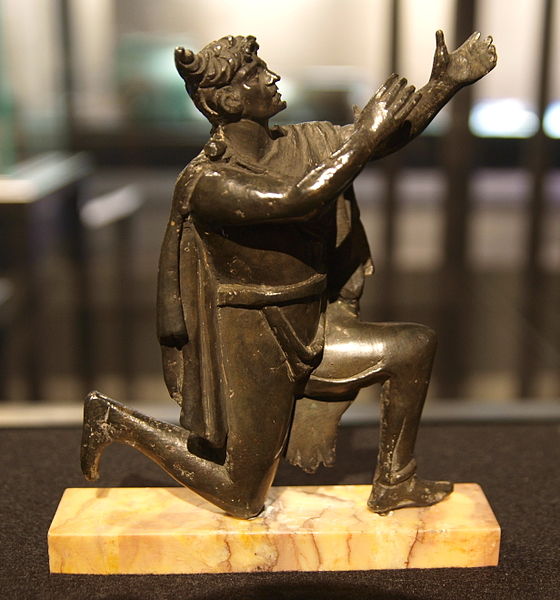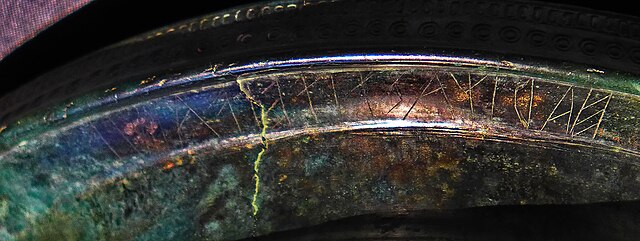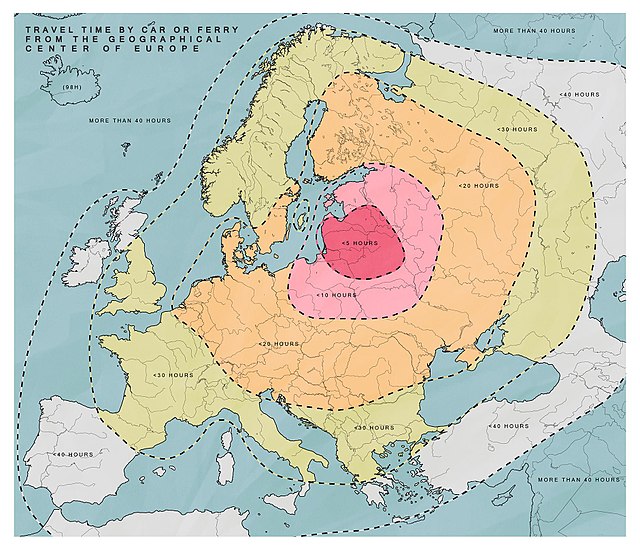The Germanic peoples were historical groups of people that once occupied Northwestern and Central Europe and Scandinavia during antiquity and into the early Middle Ages. Since the 19th century, they have traditionally been defined by the use of ancient and early medieval Germanic languages and are thus equated at least approximately with Germanic-speaking peoples, although different academic disciplines have their own definitions of what makes someone or something "Germanic". The Romans named the area belonging to North-Central Europe in which Germanic peoples lived Germania, stretching east to west between the Vistula and Rhine rivers and north to south from southern Scandinavia to the upper Danube. In discussions of the Roman period, the Germanic peoples are sometimes referred to as Germani or ancient Germans, although many scholars consider the second term problematic since it suggests identity with present-day Germans. The very concept of "Germanic peoples" has become the subject of controversy among contemporary scholars. Some scholars call for its total abandonment as a modern construct since lumping "Germanic peoples" together implies a common group identity for which there is little evidence. Other scholars have defended the term's continued use and argue that a common Germanic language allows one to speak of "Germanic peoples", regardless of whether these ancient and medieval peoples saw themselves as having a common identity. While several historians and archaeologists continue to use the term "Germanic peoples" to refer to historical people groups from the 1st to 4th centuries CE, the term is no longer used by most historians and archaeologists for the period around the Fall of the Roman Empire and the Early Middle Ages.

Roman bronze statuette representing a Germanic man with his hair in a Suebian knot. Dating to the late 1st century – early 2nd century A.D.
The inscription on the Negau helmet B, carved in the Etruscan alphabet during the 3rd–2nd c. BCE, is generally regarded as Proto-Germanic.
Replica of an altar for the Matrons of Vacallina (Matronae Vacallinehae) from Mechernich-Weyer, Germany
The Roman province of Germania, in existence from 7 BCE to 9 CE. The dotted line represents the Limes Germanicus, the fortified border constructed following the final withdrawal of Roman forces from Germania.
Central Europe is a geographical region of Europe between Eastern, Southern, Western and Northern Europe. Central Europe is known for its cultural diversity; however, countries in this region also share historical and cultural similarities.
The Pannonian Plain, between the Alps (west), the Carpathians (north and east), and the Dinaric Alps (southwest)
Geopolitical Challenges – Panel on the Future of Europe
Habsburg-ruled lands (divided between Cisleithanian/Austrian-administered and Transalthanian/Hungarian-administered)
Travel time by car or ferry from the geographical center of Europe








